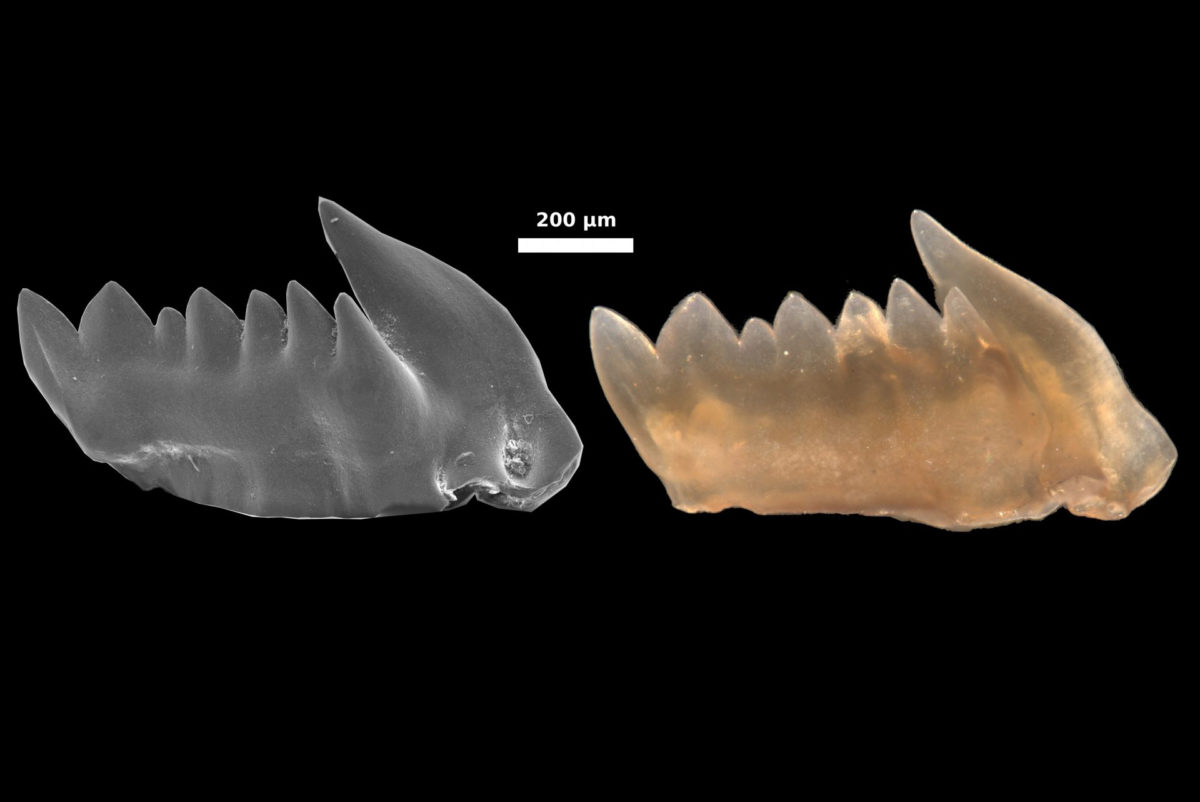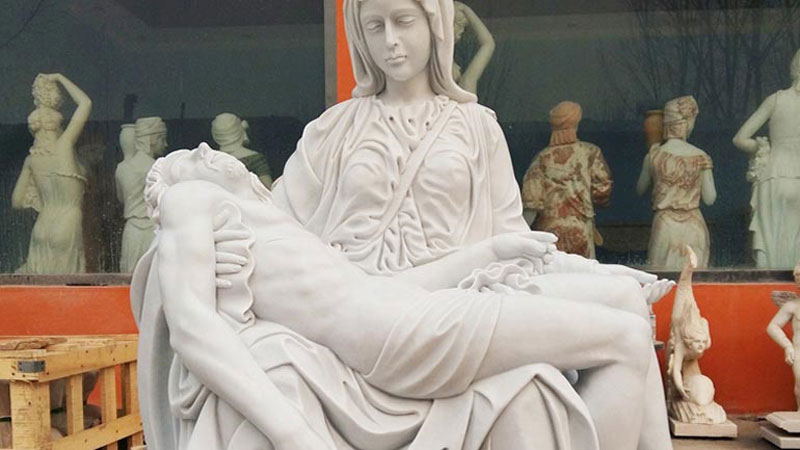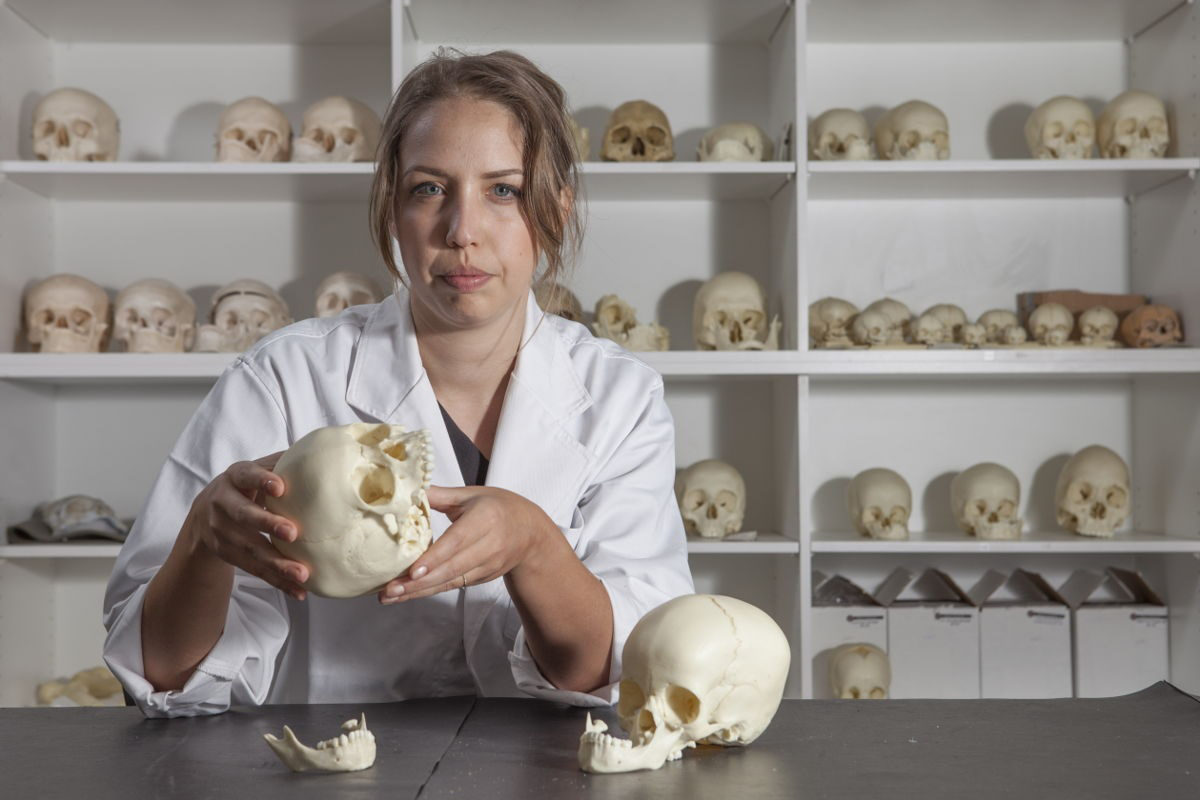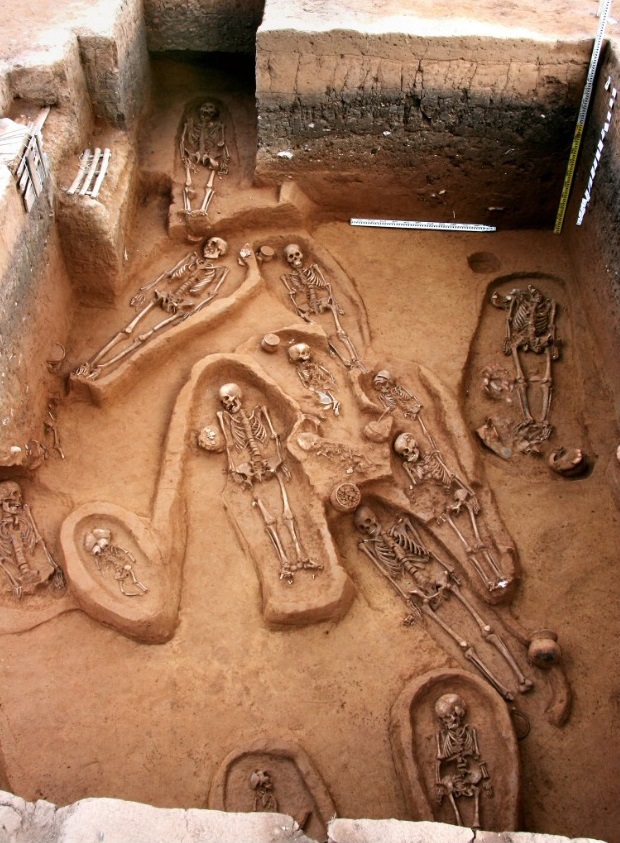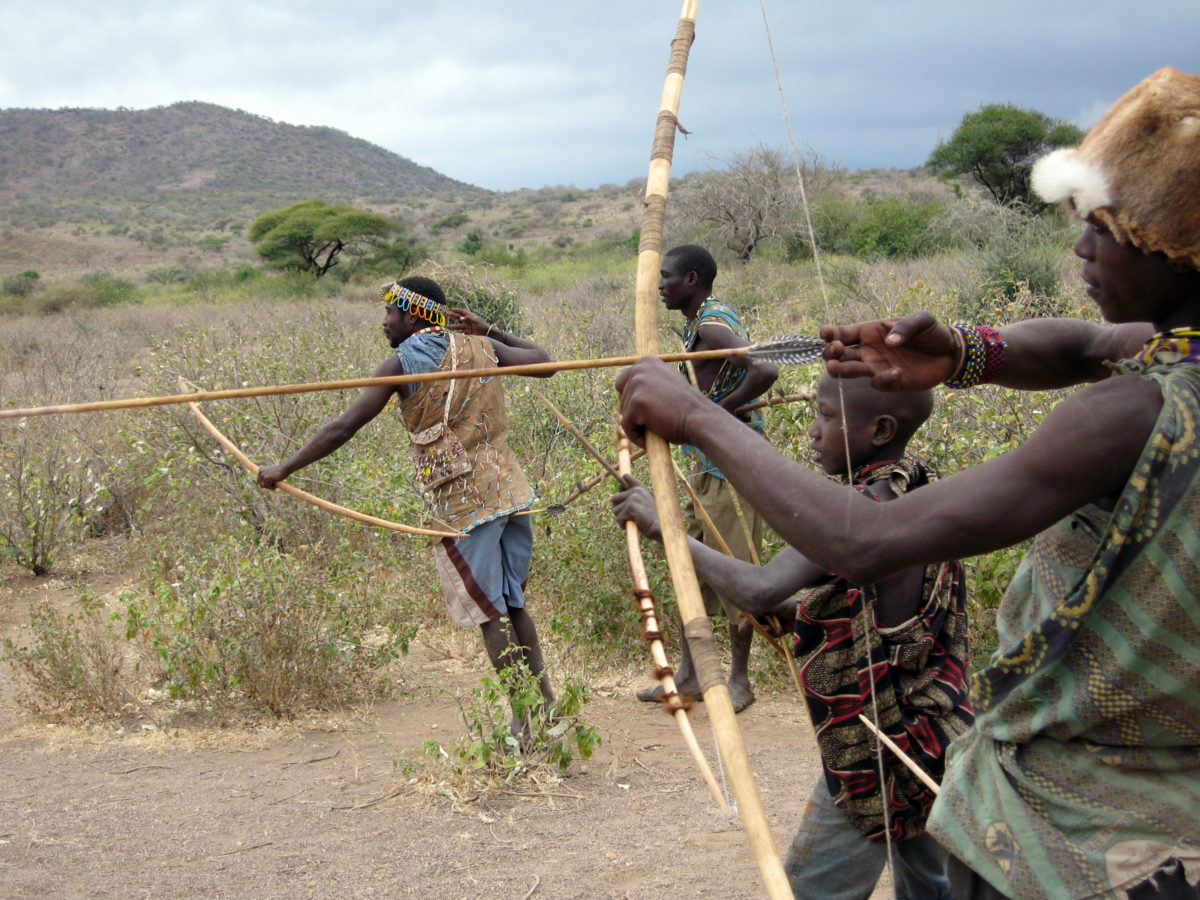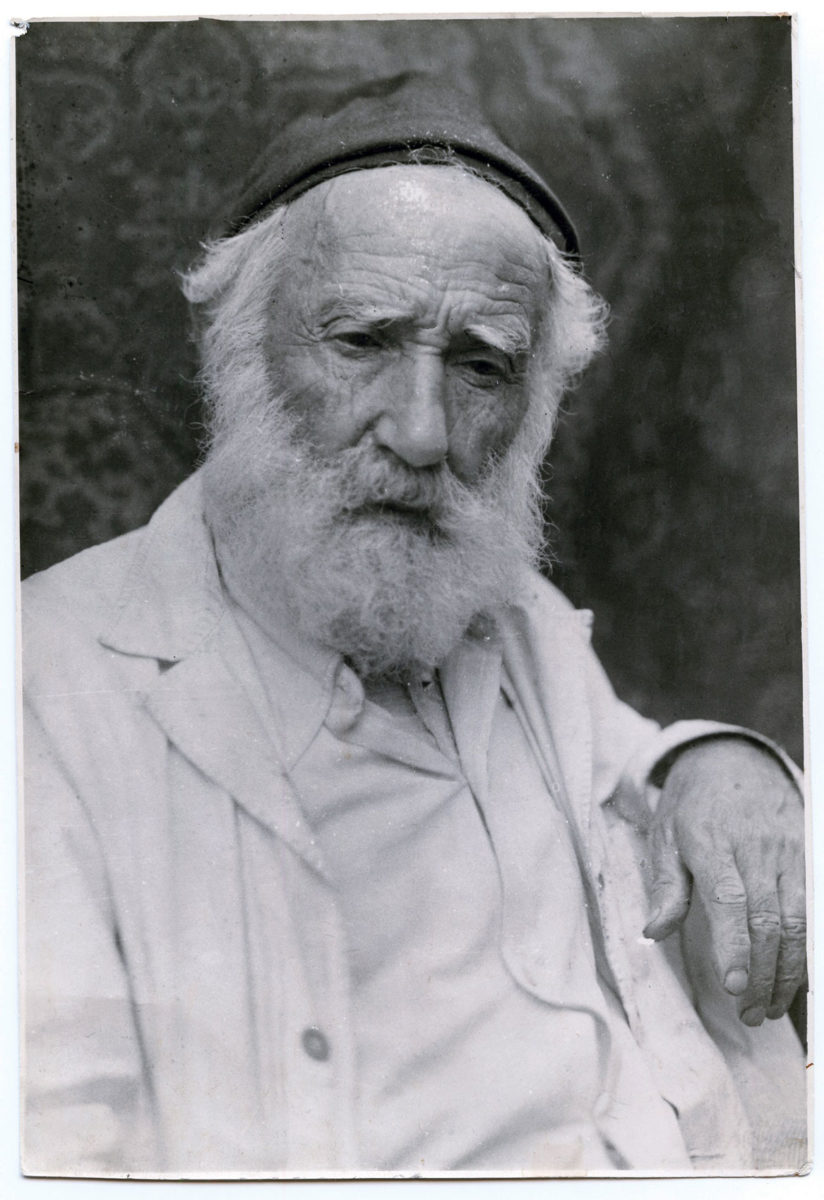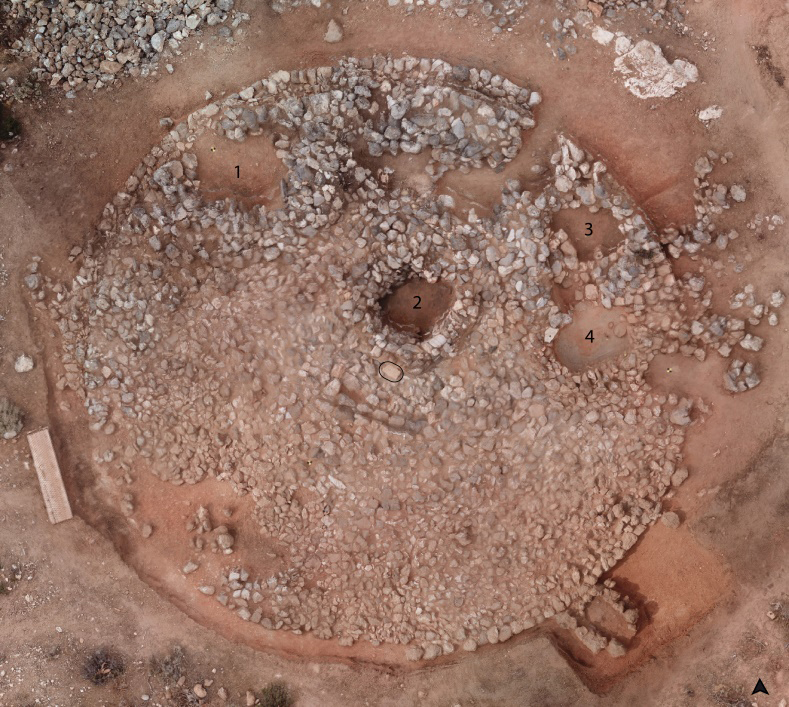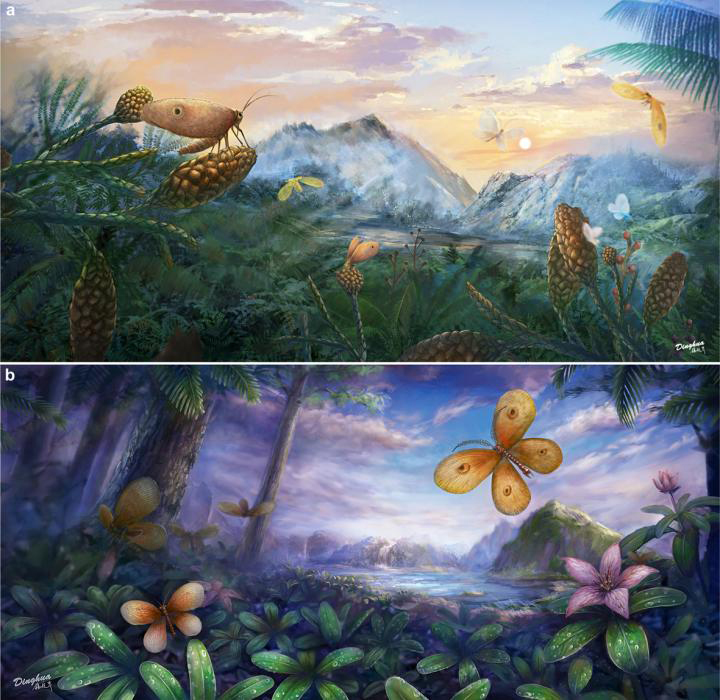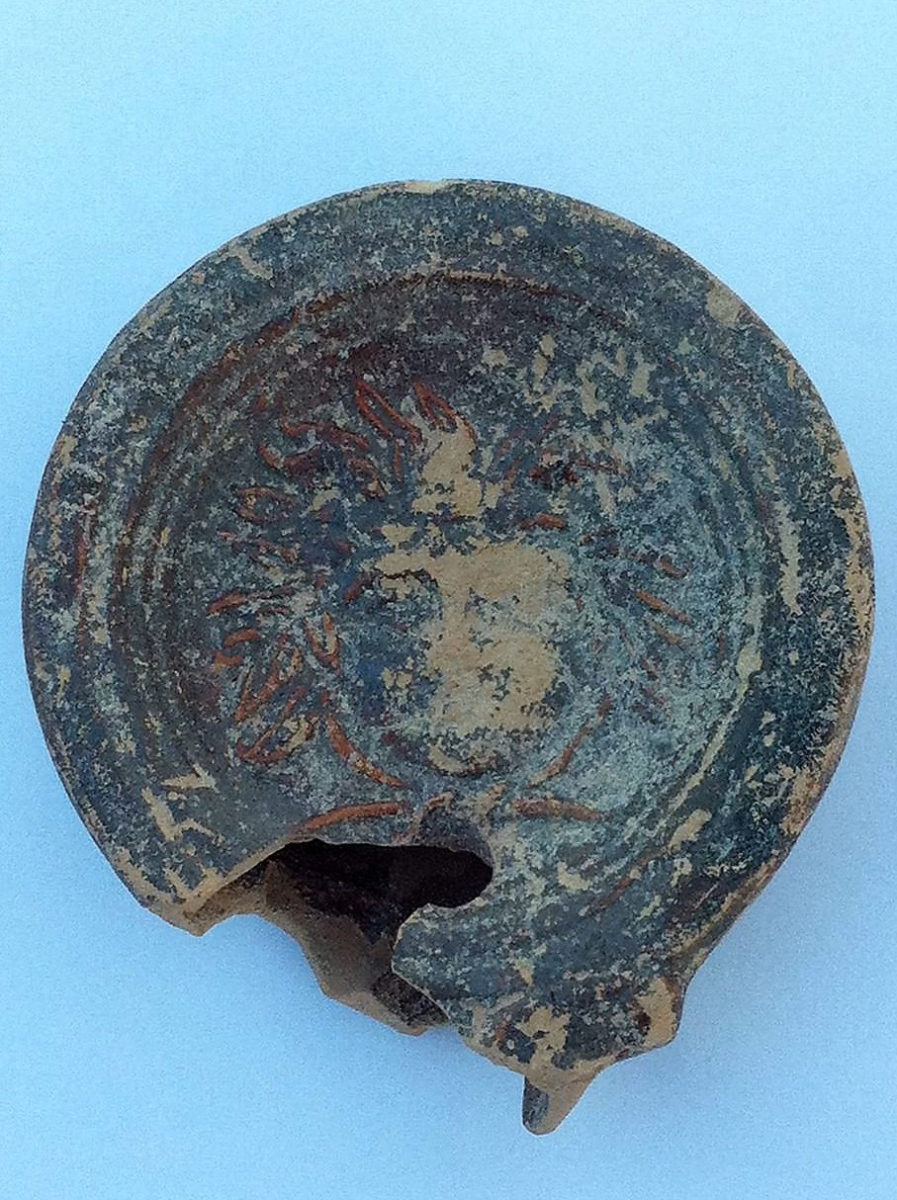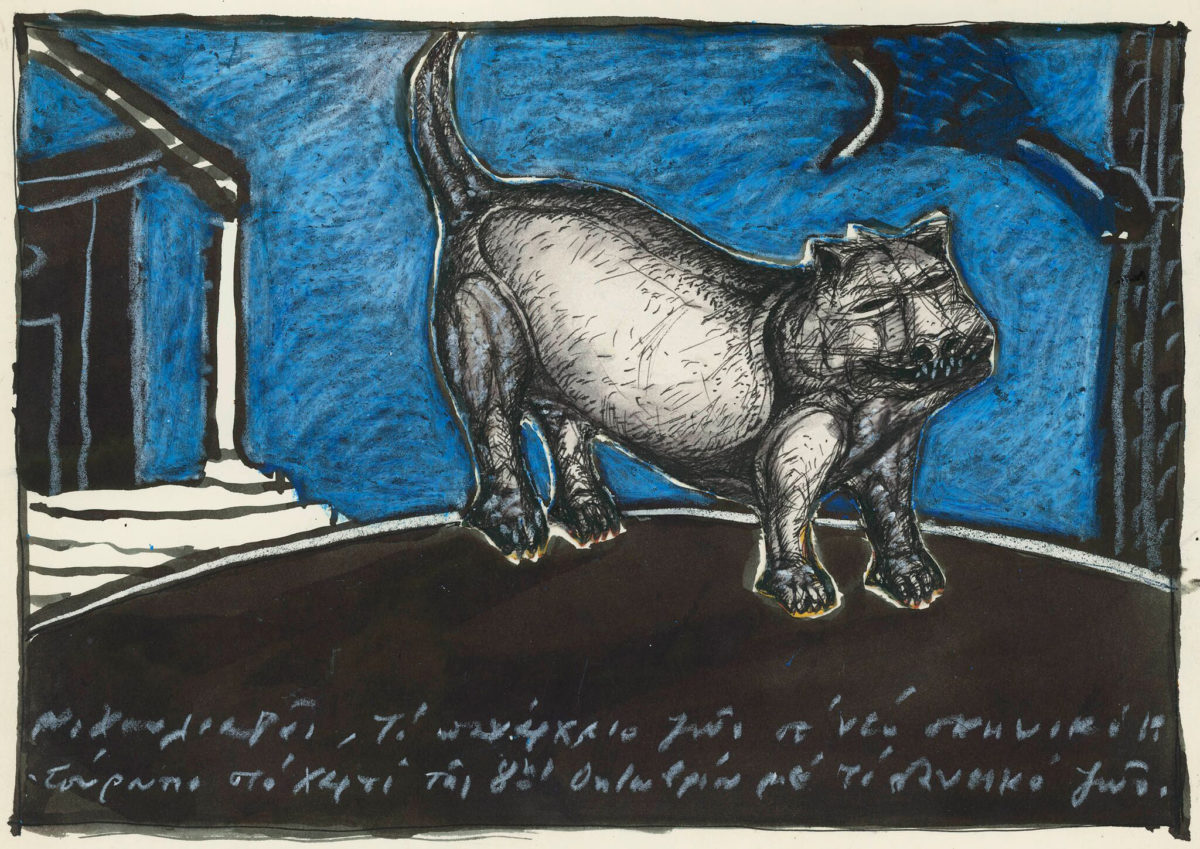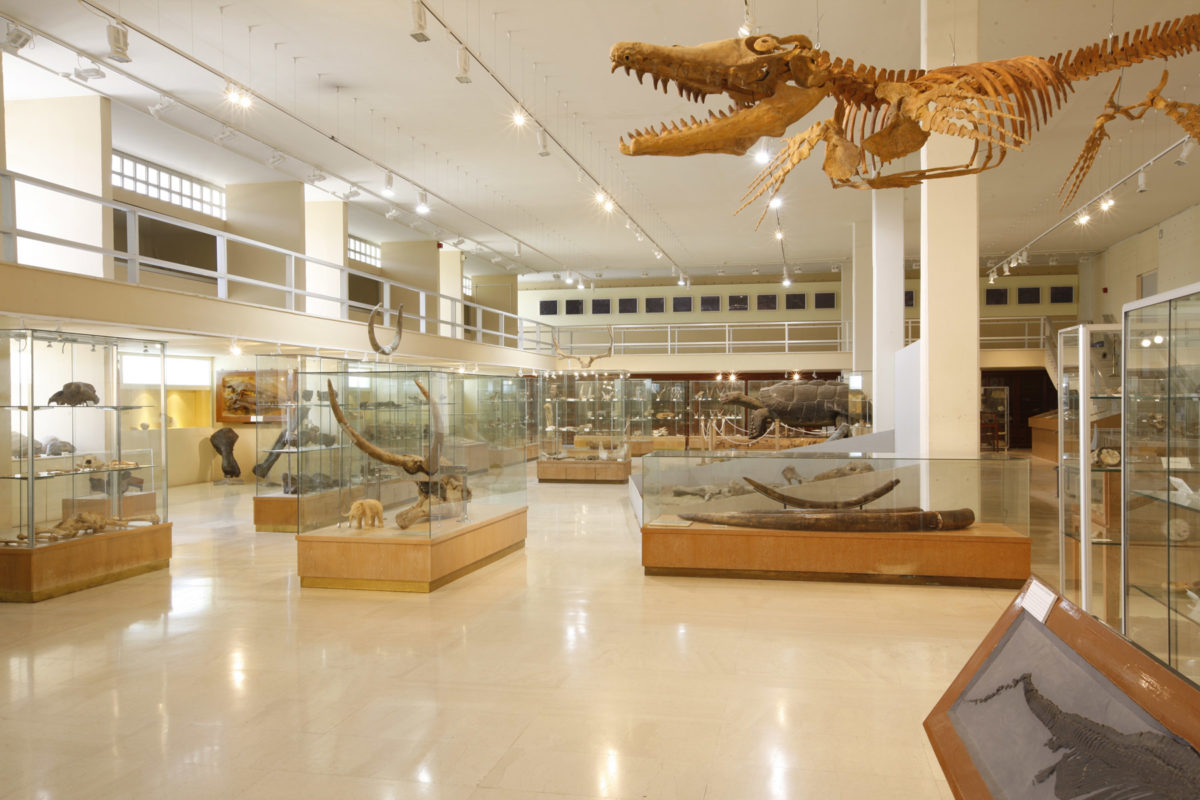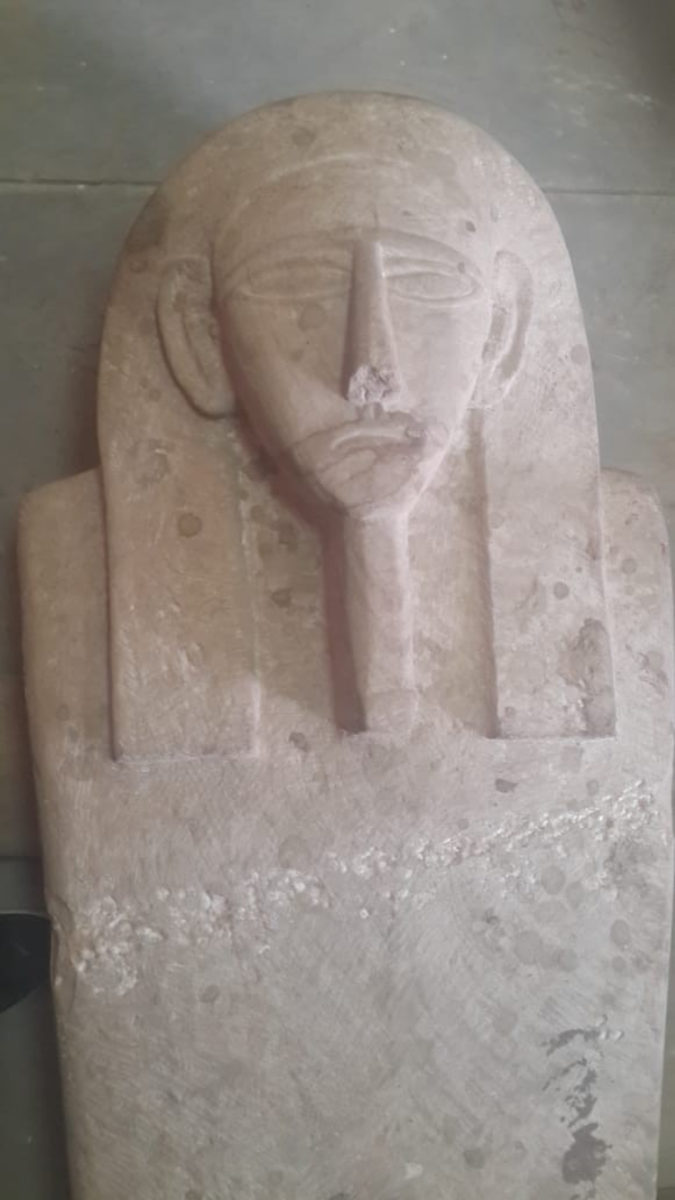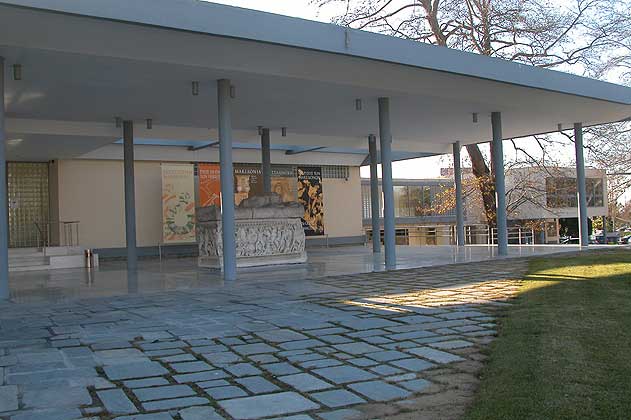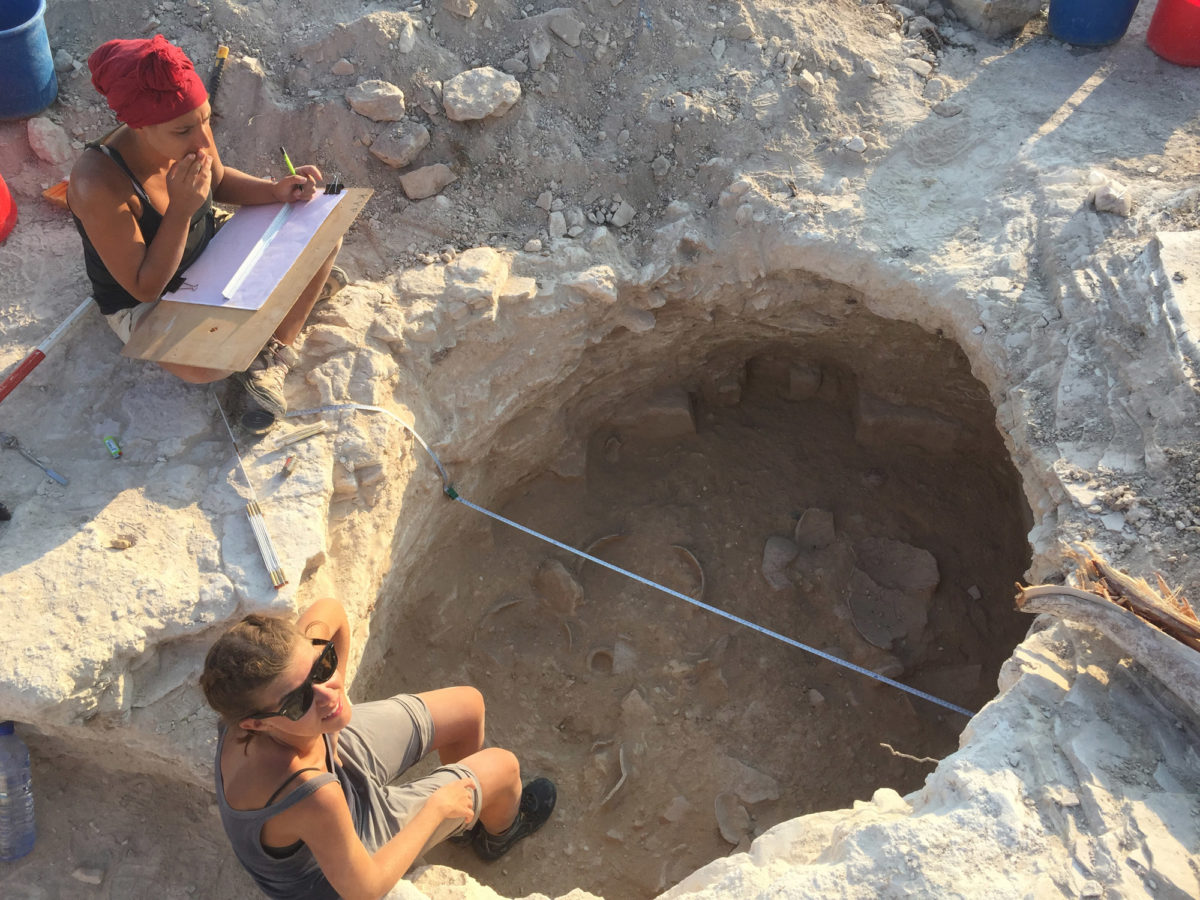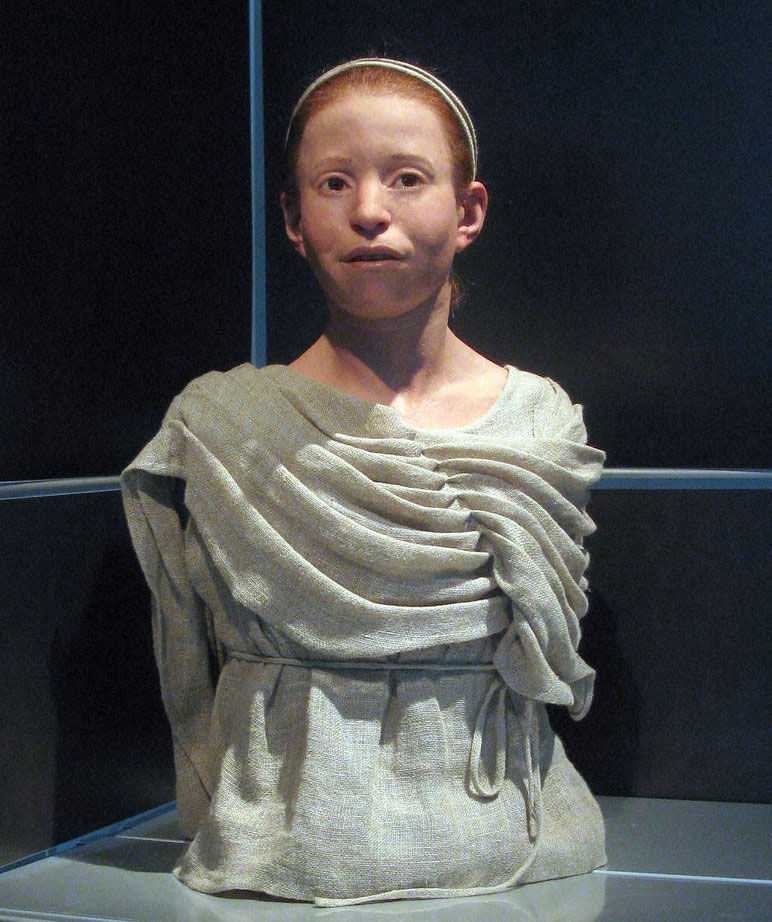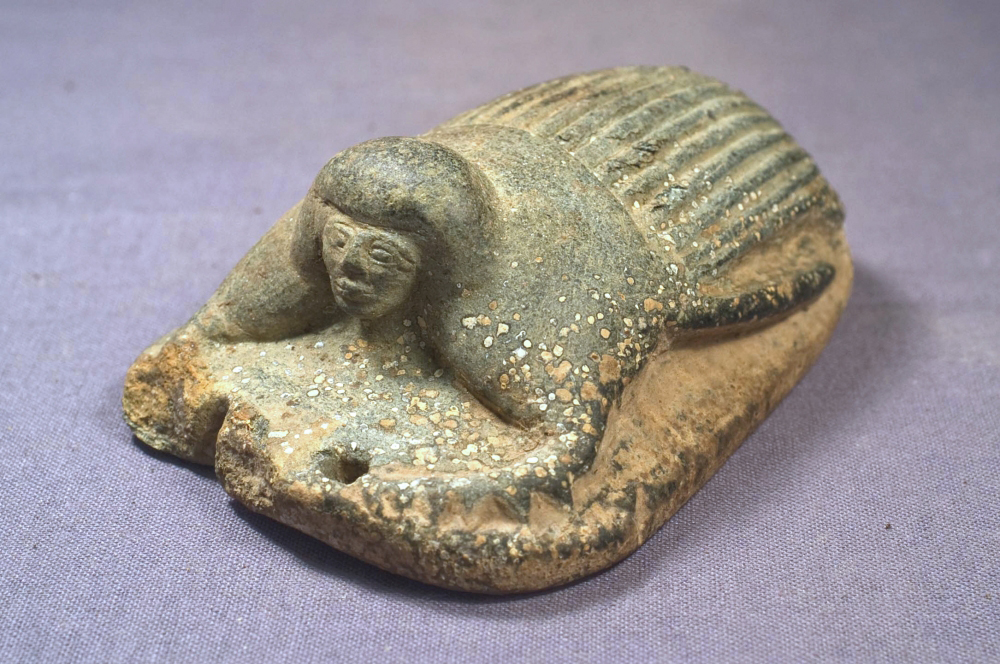Fat from 558 million years ago reveals earliest known animal
Scientists from The Australian National University (ANU) and overseas have discovered molecules of fat in an ancient fossil to reveal the earliest confirmed animal in the geological record that lived on Earth 558 million years ago.
The first predators and their self-repairing teeth
The earliest predators appeared on Earth 480 million years ago – and they even had teeth which were capable of repairing themselves.
Works of three Italian Renaissance artists are being exhibited in Tianjin
The exhibits include paintings and sculptures as well as a great number of original drawings by Leonardo da Vinci, Michelangelo and Raphael.
Research proves South East Asian population boom 4,000 years ago
Researchers uncover significant rapid increase in growth across populations in Thailand, China and Vietnam during the Neolithic Period.
Findings shed new light on Roman conquest of Northwest Iberia
Archaeologists have found the oldest evidence yet of the presence of legions in Galicia in the Penedo dos Lobos Roman camp (Manzaneda, Ourense, Galicia).
European Heritage Days 2018 at the Acropolis Museum
On Saturday 29 September and on Sunday 30 September 2018, the Museum will be open from 8 a.m. to 8 p.m. with free entry from 5 p.m. onwards.
Research proves South East Asian population boom 4,000 years ago
Utilising human skeletal remains, researchers have been able to prove a significant rapid increase in growth across populations in Thailand, China and Vietnam.
Woman collector in Canada with 400 pieces of English china tea ware
In the collection there are more than 2,000 individual pieces such as cups, saucers, plates, teapots and dinner bells.
Nomadic hunter-gatherers show that cooperation is flexible, not fixed
Working with the Hadza in Tanzania, one of the last remaining populations of this kind in the world, Penn psychologists determined that an individual's propensity to share depends largely on how much the group shares.
“Gianoulis Chalepas: Return to Pyrgos” exhibition extended
So far, over 18,500 visitors had the opportunity to enjoy the exhibition that was organized on the occasion of the 80th anniversary of the Tinian sculptor’s death in 1938.
Discovery of an Early Iron Age tumulus on Anavlochos, Crete
As part of a 5-year programme of systematic excavations on Anavlochos, Crete, an Early Iron Age tumulus was discovered in August 2018 by a team from the French School at Athens, under the direction of Florence Gaignerot-Driessen.
Fossils reveal diverse Mesozoic pollinating lacewings
Recently, a research group has provided new insight into the niche diversity, chemical communication, and defense mechanisms of Mesozoic pollinating insects.
Excavations at Pafos-Toumballos
The 2018 excavations at Pafos-Toumballos, Cyprus, by the archaeological mission of the University of Catania, co-directed by Filippo and Elvia Giudice have been completed.
In Paper’s Night: Known and Unknown drawings by Nikos Houliaras
Exhibition dedicated to the drawings of Greek artist Nikos Houliaras, curated by art historian Elizabeth Plessa.
Traveling back 500 million years
The Museum of Paleontology and Geology offers a travel in time as far back as 500 million years ago.
The Pottery of the Nile Valley
The University of Naples, “l’Orientale”, announces the Summer School “The Pottery of the Nile Valley”, to be held in Naples from July 1st to 12th, 2019.
New finds in the Aswan area
A sandstone coffin containing a mummy, amulets, wall paintings in a chamber, a head of statue and a wooden figurine were found in the Agakhan site.
Precious Metals and the Rise of two Macedonian ‘Greats’
'In just one generation Philip changed Macedonia and Greece forever and established the political, military and economic foundations for Alexander’s conquest of the Near East.'
Excavations at Erimi–Laonin tou Porakou completed
A workshop complex, a residential area, a large circuit wall and the southern funerary cluster were investigated.
Myrtis “travels” to Albania
Myrtis is accompanied by art works which are part of the collection created by artists’ donations.
Turkish court turned down plans to turn Haghia Sophia back into a mosque
Turkey's Supreme Court has rejected an application calling for the opening of Hagia Sophia to Muslim prayers, state-run Anadolu news agency said on Thursday.
A mighty Egyptian fortress revealed
The discovery of massive fortifications — 400 meters a side — helps cement Tombos’ place as an important Egyptian colony of the New Kingdom.
From the forbidden city imperial apartments of Qianlong
Acropolis Museum’s temporary exhibition “from the forbidden city: imperial apartments of Qianlong” opens to the public on Saturday 15 September 2018 until Thursday 14 February 2019, following its official opening on Friday 14 September 2018.
Vlochos: Ruins of a city scattered atop a hill
The programme is a collaboration between the Ephorate of Antiquities of Karditsa and the Swedish Institute at Athens with the participation of the Universities of Gothenburg and Bournemouth.

